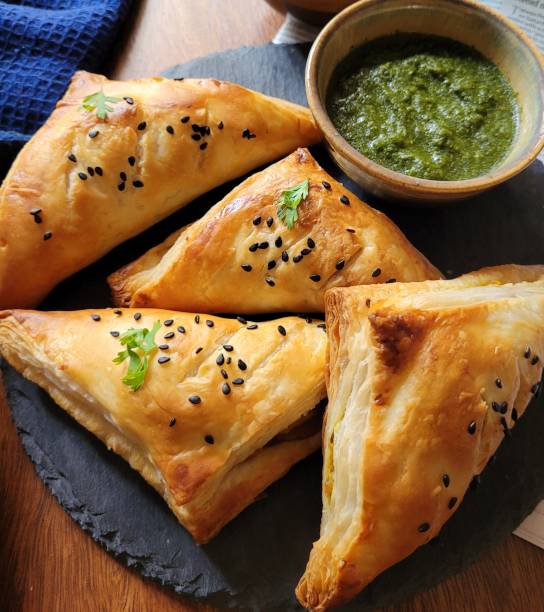If we were asked to pick our top desserts, puff pastries would be the answer.
These pastries are light, flaky and buttery. They are easily identifiable by their delicate texture and a golden-brown color. These pastries will be easy to spot in your local grocery store. You may also want to try baking them yourself. Puff pastry can be used to impress your dinner guests by making fun appetizers, main courses, and desserts.
This Puratos guidence will show you how to make puff pastry in just twenty steps. It also includes a list of recipes that you can try.
What is puff pastry?
French pastry is made using puff pastry or pate feuilleton. The dough layers are layered on top of each other and then baked.
The pastry layers rise as it bakes. The butter melts on the dough, giving the layers a golden, crispy look.
The process of evaporating and raising the pastry is called “laminating it.” Many people opt to buy premade puff pastry options.
If you don’t have much time, you can still make this dough by following a simple process. Leaning is when you wrap a piece of dough around a butter block, then roll it flat and fold it up again.
Let’s take you to step by step through how to make puff pastry sheets.
Tools
- A large bowl
- A whisk
- A French rolling pin or “tapered” one. These are better for making puff pastry from scratch than regular rolling pins with handles. A tapered pin can be used to make homemade pizza crust and beef Wellington, as well as other recipes.
- A pastry scraper. It scrapes the dough from the counter, lifts it and folds it.
Instructions for preparation
Assemble all your supplies and puff pastry ingredients.
-
- Mix the flour and a teaspoon of salt in a bowl. Mix the flour mixture with a teaspoon of salt.
- To the trough, add a little water. Use your hands to scoop the flour into the water loosely.
- Pastry dough should be gathered into a circular shape. Make another trough, and add a little more water to the flour before fluffing it a second time.
- Continue this process until your flour is sufficiently wet that the dough doesn’t crumble.
- Make a small square from the puff pastry dough. Wrap it in plastic wrap, and let it rest for 30 minutes.
- Once the dough has cooled, cut your butter block into large pieces. To prevent the butter from sticking to the counter, coat it with a thin layer of flour. Then, use the end of your rolling pin and pound the butter flat, adding more flour as necessary.
- Use your pastry scraper and pound the butter until it is flat. Fold the butter. Sprinkle with flour after each fold. Continue folding until the butter is softened and doesn’t crumble. To prevent the butter from melting, keep it cool.
- Form the butter into a 4-inch square. Wrap it in plastic wrap and let chill for 10 minutes.
- While butter is cooling, take your dough out of the fridge and flatten it into a 7-inch square.
- Place the butter square in the middle of the dough. Place the butter square in the middle of the dough. Seal the edges by pinching them together.
- Flip the dough so that the seams face down. The dough should be rolled flat to a 12-inch square. Next, fold the top and bottom thirds over the middle, similar to a piece of paper.
- Roll the dough out lengthwise. Fold it again.
- Wrap the dough in plastic wrap for 30 minutes. Once the dough has been chilled, please remove it from the wrap and fold it twice more (for a total of four folds). At this point, the dough should be soft and smooth.
- For 30 minutes, chill again.
- Take the dough out of the fridge and fold it twice more to bring the total to six.
- Wrap the dough in plastic and place it on a baking sheet. Let the dough chill for at least an hour, or even overnight.
- Then, roll the dough flat to a thickness of one-eighth inch. You can cut pastry shapes, including tart cups made from premade pie crusts.
- Transfer the pastries into a new pan and bake for 10 minutes at 425° Fahrenheit. Reduce the oven temperature to 375° Fahrenheit after 10 minutes. Bake the dough until it is golden brown.
- Take your puff pastry out of the oven. Let it cool. Enjoy.


